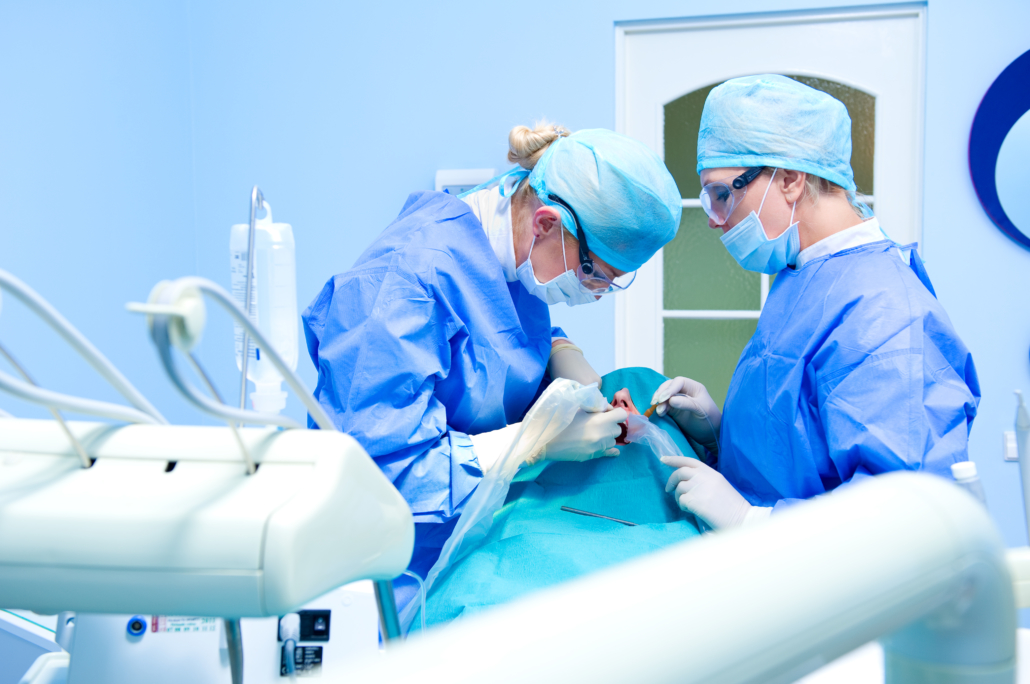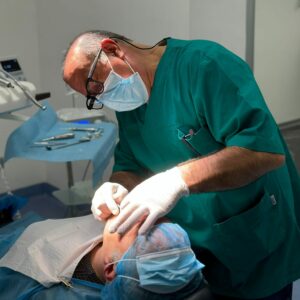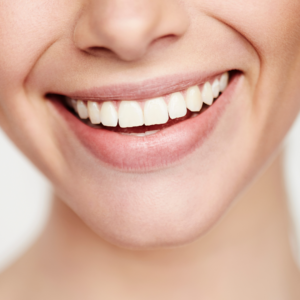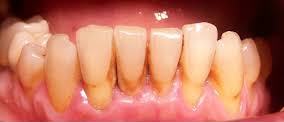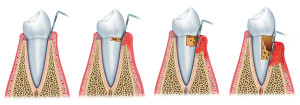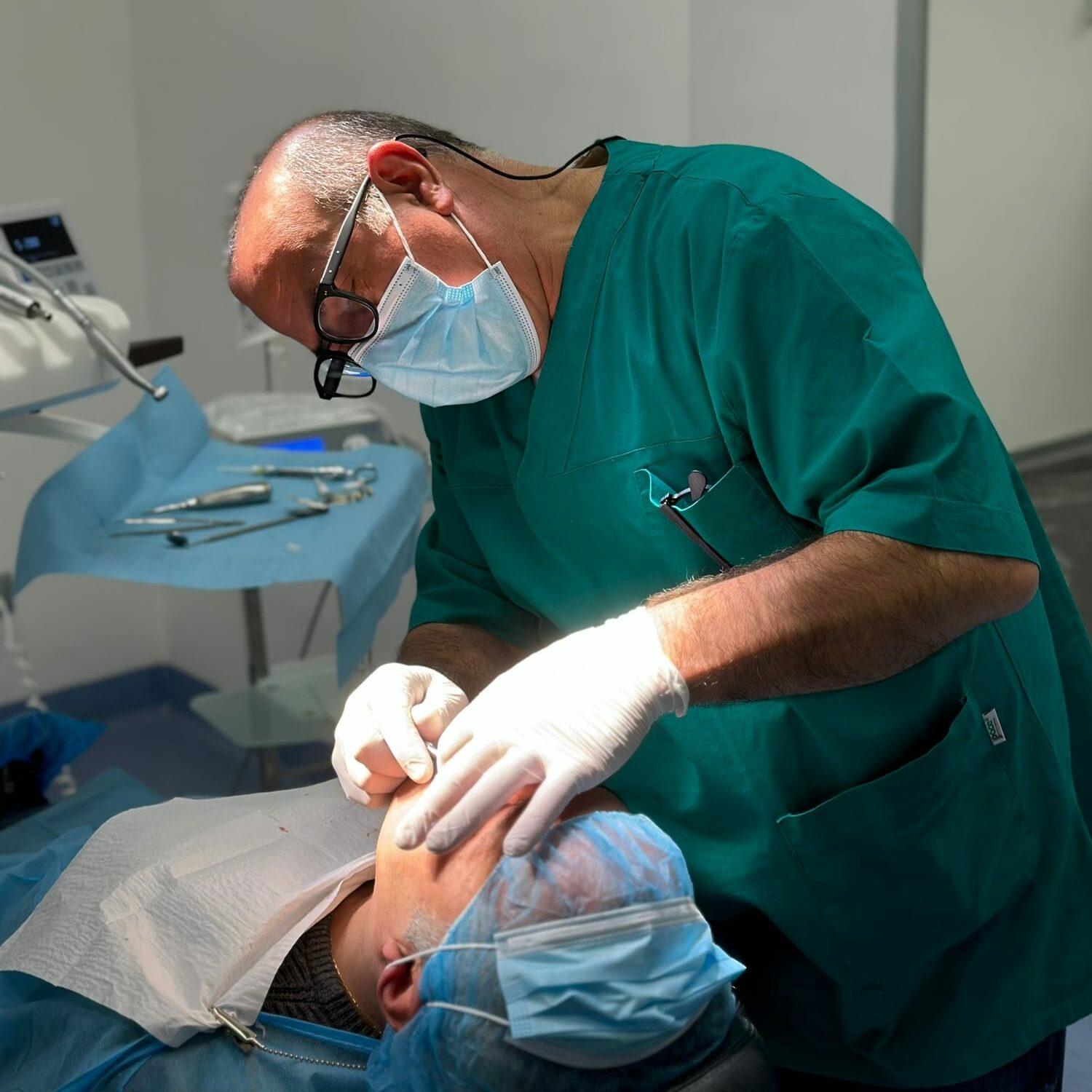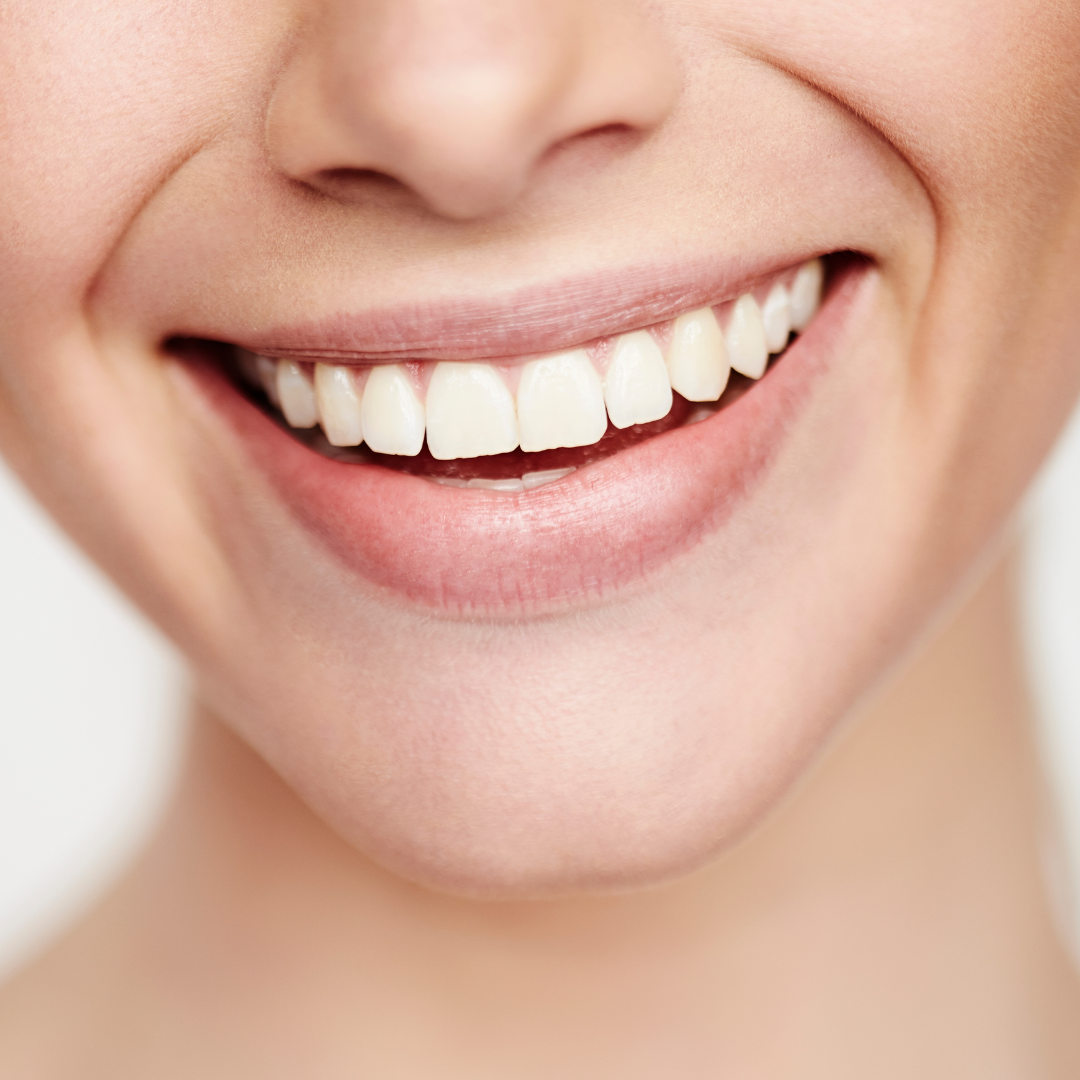Due to their position in the arch, the canines play a fundamental role for the aesthetics of the smile, a problem of impacted canines could therefore compromise not only the functional aspects of chewing, but also the patient’s self-esteem and sociability.
Included canines: incidence and complications
The incidence of the presence of included canine teeth in the population is between 1 and 3.5%. Canines are the second most commonly impacted permanent teeth after third molars, commonly called wisdom teeth.
The presence of impacted canines can lead to complications and the onset of other pathologies, a patient with impacted canines in the arch may in fact experience:
- resorption of adjacent incisors;
- cyst development.
Dental treatment for the canine included
The dental treatment for the care of impacted canines must guarantee certain conditions for the protection of the adjacent teeth and of the periodontal tissues.
For this reason, the treatment of impacted teeth should have a multidisciplinary approach involving both the orthodontist and the surgeon.
The steps for treating an impacted canine could be as follows:
- clinical observation;
- interceptive treatment;
- orthodontic extrusion;
- Surgical tooth straightening including:
- tooth extraction.
The importance of intervention planning
Research was published in the Journal of the American Dental Association in November 2021 in which the authors compared the different treatment methods and their results for the maxillary and mandibular canines included.
The sample analyzed consisted of 102 patients with 118 impacted canines, 82 maxillary and 36 mandibular.
The diagnosis of impacted canine was confirmed during clinical examination and on radiographs (overview, CBCT) in all patients.
The following treatment options were chosen after clinical and radiographic analysis:
- interceptive treatment including extraction of a primary canine and orthodontic space opening with fixed appliances;
- orthodontic extrusion;
- tooth extraction.
Orthodontic extrusion was found to be the most frequently performed treatment.
All treatment methods have proved to be effective and the success rate is overall high, but the importance of planning every single phase of treatment has also been made evident: from clinical observation to orthodontic extrusion.
Early diagnosis is essential to facilitate the spontaneous eruption of the canines and the timely implementation of the transalveolar transplant.


